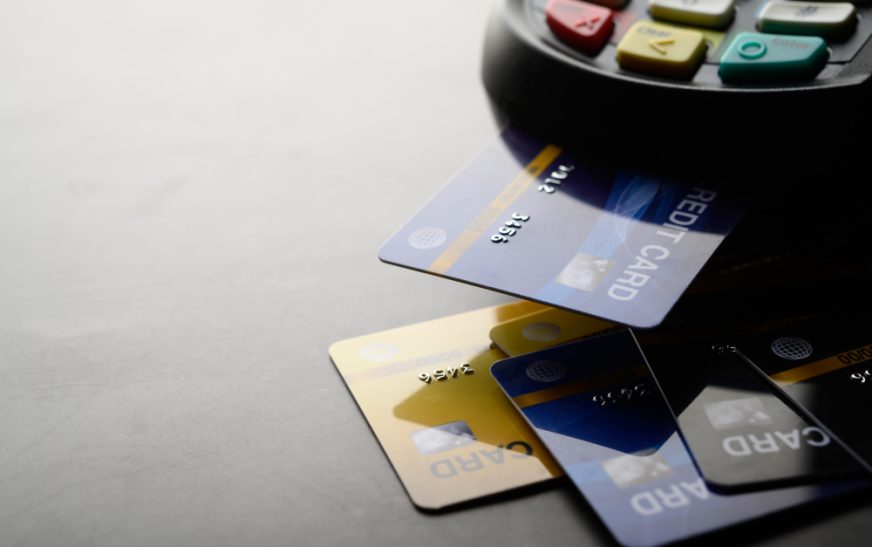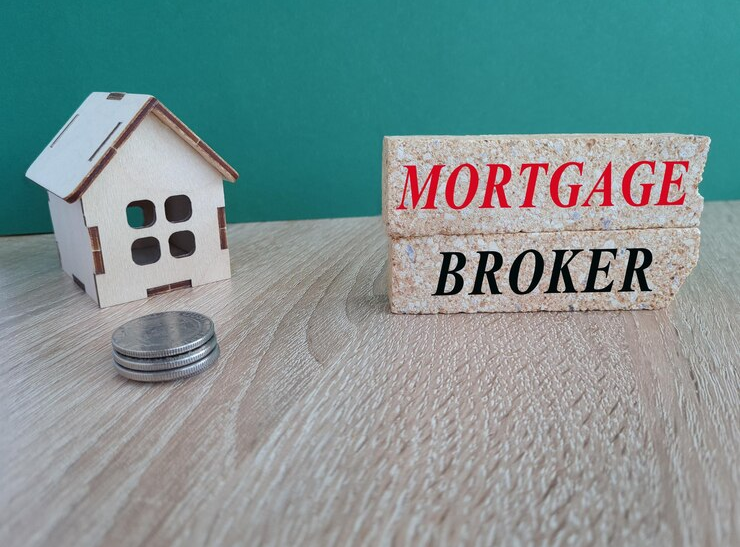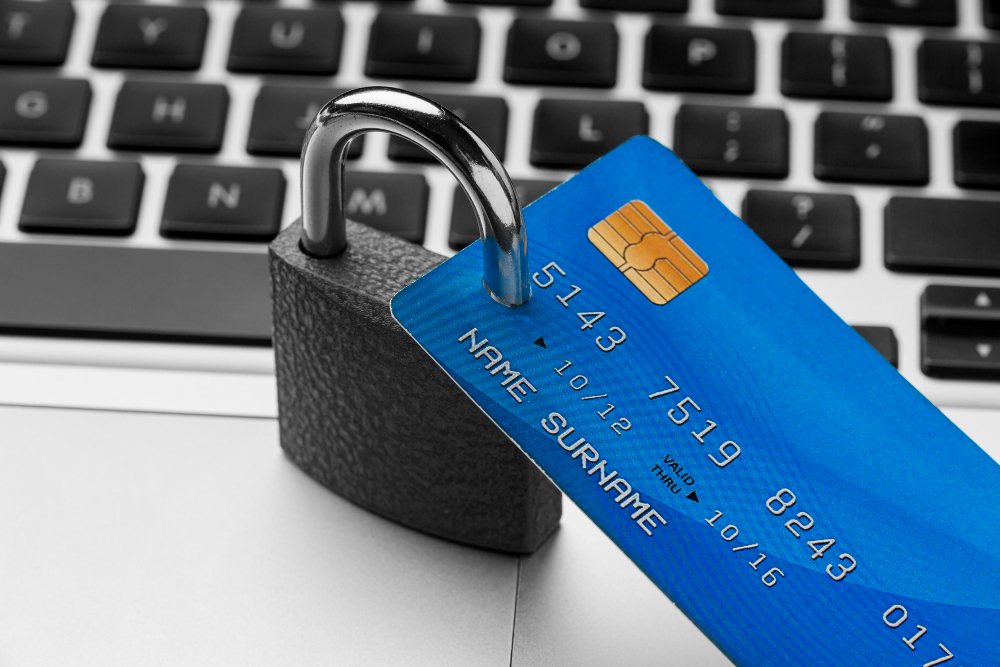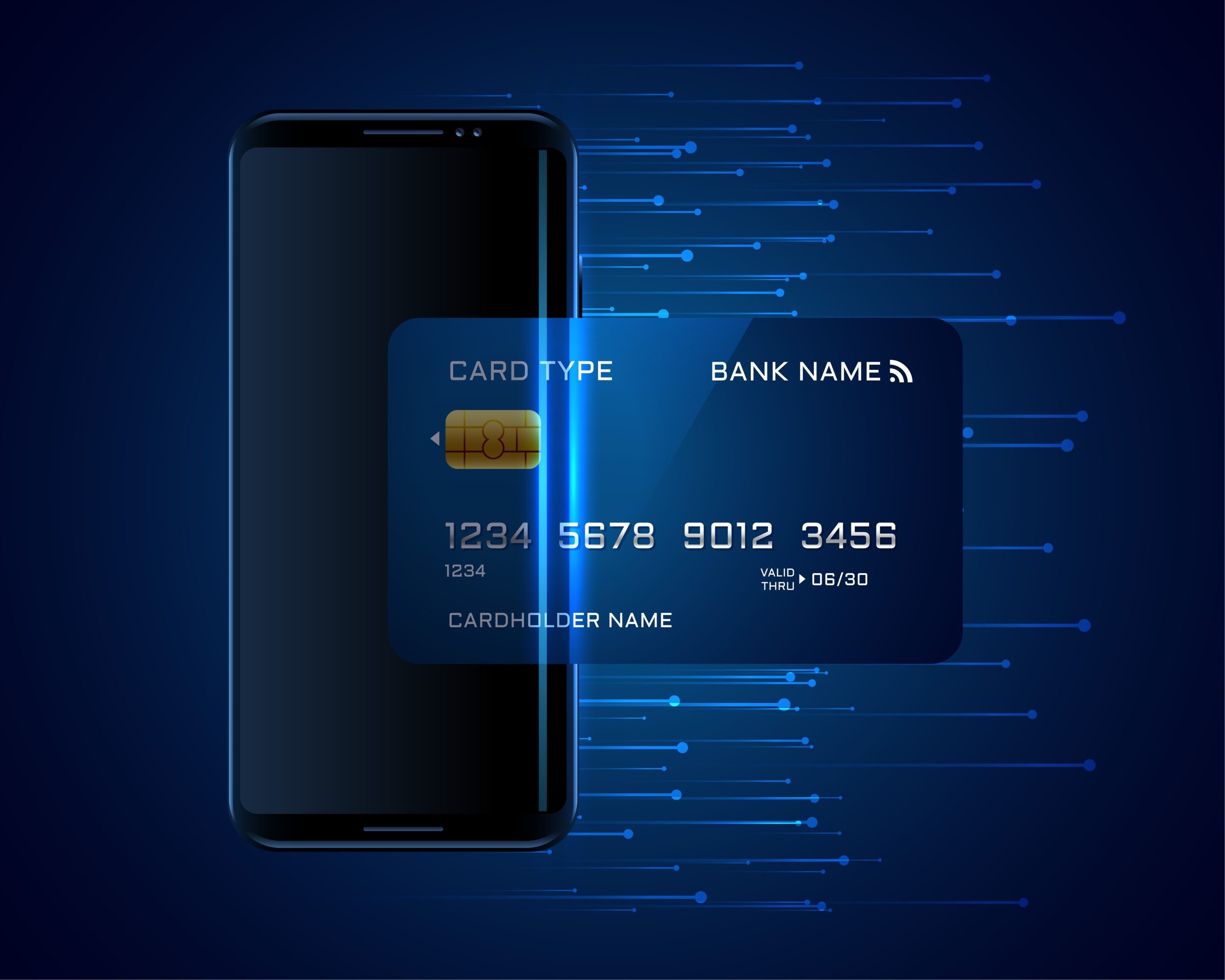Credit cards offer a convenient way to manage finances, but if not used responsibly, they can lead to a situation known as a debt trap. In this scenario, individuals become entangled in a cycle of accumulating and struggling to repay credit card debt, often facing high-interest rates and potential financial strain.
How Credit Cards Can Become a Debt Trap
- Minimum Payments: Credit card companies typically require only a minimum payment on the outstanding balance each month. While this might seem manageable initially, it can take a significantly longer time and significantly more money to repay the entire debt due to compounding interest.
- High-Interest Rates: Credit cards in India typically come with high annual interest rates (APR), which can range from 15% to 36% or even higher. These rates are applied to the outstanding balance each month, causing the debt to snowball rapidly if not managed effectively.
- Late Payment Fees: Missing credit card payments can incur substantial late payment fees, further adding to the financial burden and making it even harder to get out of debt.
- Overspending: The ease of using a credit card can lead to impulsive spending, exceeding your budget and adding to your debt burden.
Signs of a Credit Card Debt Trap
- Struggling to make minimum payments: If you find yourself consistently struggling to make even the minimum payments on your credit card, it’s a red flag that you might be in a debt trap.
- Maxing out credit cards: Regularly reaching your credit limit indicates potential overspending and a risk of falling into a debt trap.
- Using credit cards to cover basic expenses: Relying on credit cards to cover essential expenses like groceries or rent signifies a potential problem and indicates a deeper financial issue.
- Receiving collection calls: If you are getting contacted by debt collectors, it’s a critical sign that your debt situation is escalating and requires immediate attention.
Escaping the Debt Trap
- Acknowledge the problem: The first step towards getting out of a debt trap is acknowledging the issue and taking responsibility for your financial situation.
- Create a budget: Develop a realistic budget that tracks your income and expenses. Identify areas where you can cut back and allocate funds towards debt repayment.
- Prioritize debt repayment: Develop a debt repayment plan, prioritizing high-interest credit card debt first. Consider strategies like the debt snowball or avalanche method to pay off your debts.
- Explore debt consolidation: Consider consolidating your credit card debt into a single loan with a lower interest rate. This can simplify your repayment process and potentially save money on interest.
- Seek professional help: If you’re struggling to manage your debt on your own, consider seeking professional guidance from a credit counselor or financial advisor. They can provide personalized advice and strategies to help you get out of debt.
Additional Tips
- Avoid cash advances: Credit card cash advances typically come with even higher interest rates than regular purchases, making them even more challenging to repay.
- Limit unnecessary spending: Resist the urge to make impulse purchases and stick to your budget.
- Explore alternative payment methods: Consider using debit cards or cash for everyday purchases to avoid accumulating further credit card debt.
Remember
Getting out of a credit card debt trap requires commitment, discipline, and a proactive approach. By taking control of your finances, developing a plan, and seeking help if needed, you can overcome this challenge and achieve financial stability.


















